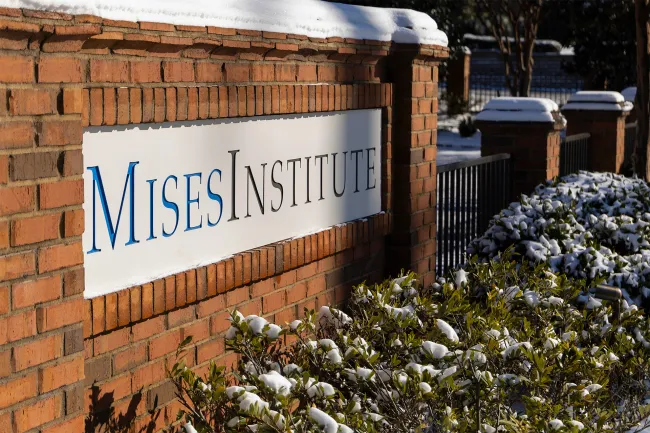The 1929 Stock Market Crash led to the largest economic recession in modern world history. Today’s octogenarian Americans knew of the vast devastation started by the stock market crash from first hand witnesses—their parents.
All Americans suffered. Those with assets lost all or a substantial portion of their portfolio. A third of workers lost jobs. Tens of thousands of firms went broke, including banks, retail stores and manufacturing plants. New business slowed to a trickle. But none were hurt more than farmers who could not pay their loans and lost their farms. Once lost, it was impossible for them to re-acquire the land necessary to run a successful family farm.
The major causes of the 1929 stock market crash were easy money policies instituted by the Federal Reserve System (Fed) during the 1920’s, excessive speculation by banks, and a bull market of overvalued securities. These policies are in play again. Could 1929 happen again?
Easy Money Policies
Our government refers to the money in circulation as the money supply (M2). It represents the monies wage earners and consumers use in their daily transactions. It consists of demand and savings accounts, small-denomination time deposits, etc. In January 2000, the M2 money supply of our economy was $5.1 trillion. It grew three times to $15.3 trillion in 2020. By November 2024 it topped $ 21 trillion, increasing $ 6 trillion in 4 years. This rate far exceeds any preceding it. Covid spending was responsible for $4 trillion and the government spent $2 trillion more than was budgeted.

(Chart Produced by the Federal Reserve of St, Louis – November2024)
Too much money in circulation, too fast. This rapid influx put tremendous upward pressure on sales in a time where production was curtailed. What happens when this occurs? Suppliers cannot produce enough products to meet demand. Price inflation soon follows.
Excessive Speculation
Congress spent three years studying the causes of the stock market crash. The result was passing the Banking Act of 1933 (Glass-Stegall). Prior to the Glass-Steagall Act, a single bank could offer commercial and investment services. Commercial services included demand deposits, savings accounts, and customer loans. Investment bank services included underwriting stocks and bonds (initial public offerings), security trades, investment portfolio management, and financial advice.
Glass-Steagall required banks to choose between becoming a commercial bank or an investment bank. They could choose either, but not both. This prevented commercial banks from using or acquiring portfolios, which could put depositors and savings accounts at risk. From 1933 to 1999, banks lobbied Congress to pass bills relaxing restrictions contained in the GSA. (Actually, 45 separate bank bills were passed during this period.) In 1999, Congress passed the Financial Services Modernization Act (Gramm-Leach-Bliley Act or GLBA). This bill removed the risk barriers between commercial and investment banks that Glass-Stegall had instituted.
So we are back to combining both low-risk and high-risk portfolios under the management of a single entity, not vastly different than in 1929. GLBA has already caused some major financial difficulties this century including the Great Recession of 2007-2008 and the 2023 bankruptcy of Silicon Valley Bank, the 16th-largest US bank.
Bull Market of Overvalued Securities
Stock markets are cyclical: bears follow bulls follow bears. Stock markets are emotional. People make irrational decisions. If they think they might lose a little money, they become anxious. If they think they may lose their life savings, they panic. This is as true today as in 1929.
After 1934, the Securities and Exchange Commission (SEC) introduced protective measures that required companies selling stocks or bonds to be registered to disclose pertinent information, such as their assets, financial health, executives, and a description of the security. More recently, the SEC added safeguards against crashes, including circuit breakers that automatically pause trading when stocks fall too far, too fast. It theoretically gives investors time to calm down, although stock values continue to fall even if they are not traded.
Creative bankers, however, like to determine ways to disguise risk and put money to their advantage. One example is the play down price-to-earnings ratio (P/E) and play up market capitalization (market cap). The P/E measures a company’s share price relative to its earnings per share and helps assess the relative value of a company’s stock. It’s handy for comparing a company’s value against its historical performance, against other firms within its industry, or the overall market. For established firms, it is a good indicator for the return on your money.
With market cap, the company value is determined by multiplying its share price times the number of shares outstanding. It has little to do with a proven earnings record or return of capital. Capital venture (CV) firms often play key roles in the life of a typically successful “market cap” firm. They can identify market opportunities, gather capital, make the firm look profitable, and take it public. The key to market cap is to capture the market, then worry about profits. This has been done successfully by Silicon Valley.
After 100 years, is the stock market more stable, visible, or trustworthy? I will bet on the crafty underwriters bringing new financial products to market and not on the average investor that purchases them.


